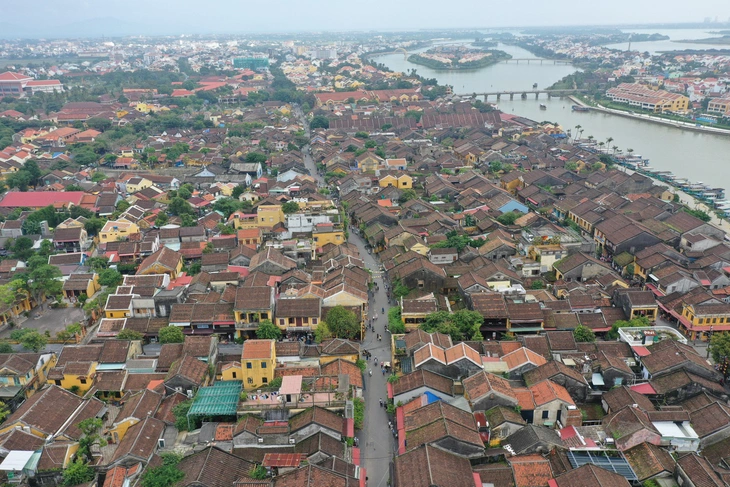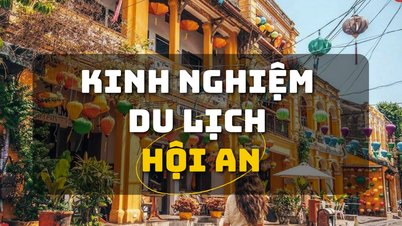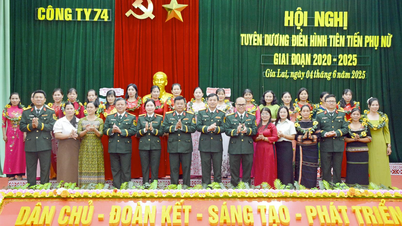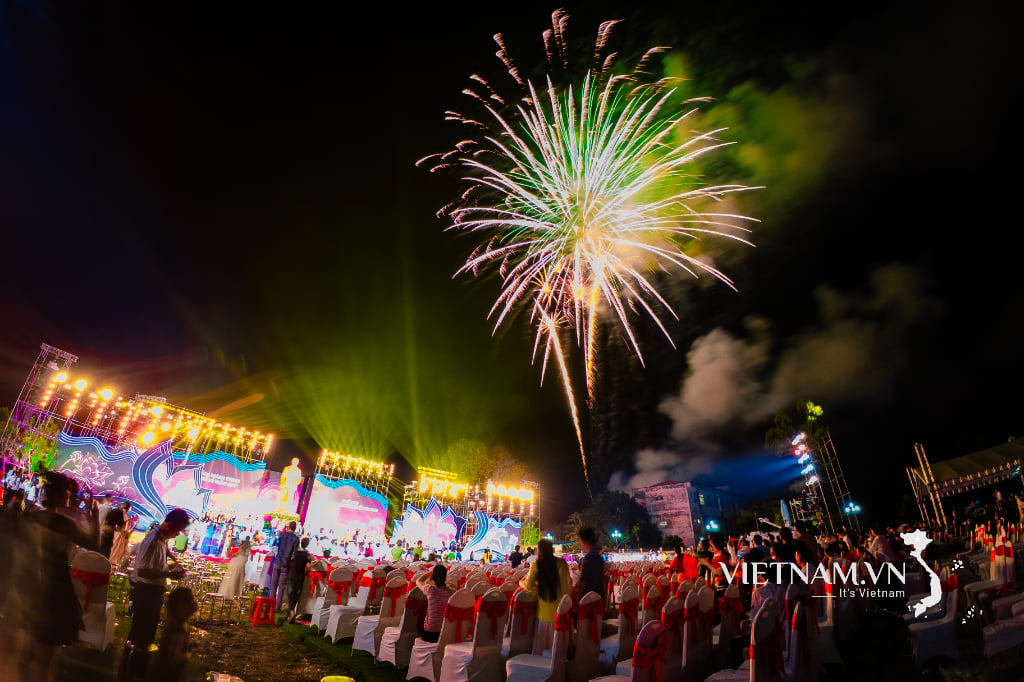Hoi An Ancient Town - Photo: BD
As reported by Tuoi Tre Online, Hoi An ancient town and My Son Sanctuary (Quang Nam) are two UNESCO world cultural heritages, but for a long time, they have been managed by district-level agencies. On June 30, the district level will cease operations, and many people are interested in which unit will manage the heritage.
Reader Le Thu Hien - who has experience working with heritage brands - adds her perspective on this issue.
'Hoi An is not only of Quang Nam '
There are cities whose heritage spirit is so strong that it needs no introduction and anyone who comes can feel it.
Hoi An is such a place, where the past is not contained in historical documents, but is present on every roof tile.
Once when I was talking to a Japanese partner, when I mentioned Hoi An, he immediately told me that someone in his family had come to Hoi An to buy silk hundreds of years ago.
A small detail but made me realize that Hoi An is not only a memory of Vietnamese people.
I first came to Hoi An about 20 years ago and have loved it ever since. For nearly ten years now, I have been returning to the city almost every year as a habit, and if I don’t go, I feel restless.
My friend just came back from Hoi An a few days ago. He told me he went with his grandfather. When he passed by the Japanese Covered Bridge, he stopped for a long time.
You thought he was tired, but he said: "My great-grandfather and great-grandfather came here on a merchant ship from Binh Dinh. Sometimes his footsteps touched the exact spot where I am standing." You felt a chill down your spine with emotion.
From a corner of the old town, many people felt an invisible thread connecting them to someone they had never met but was quite clear in their subconscious.
Hoi An is the intersection of many people: the Chinese established guilds and left behind distinctive assembly halls; the Japanese left the Japanese Covered Bridge and ancient tombs hundreds of years ago; Westerners came and left their mark, such as Polish architect Kazimierz Kwiatkowski, who fought to preserve Hoi An intact as we see it today.
Hoi An is like a "middle ground" where strangers can find each other through ancestral memories, through traces left behind, through untold stories.
Hoi An is a city of collective memory.
Remember when Hoi An charged entrance fees, social networks from North to South were immediately abuzz. Even a wall covered in moss that the homeowner had to repaint was a topic of discussion for a whole week.
It is not an exaggeration to say "Hoi An does not only belong to Quang Nam".
Which model is suitable for the stature of Hoi An?
Hoi An is a rare ancient town in Asia that has preserved almost intact both its physical structure and the ecosystem of its residents living in the heritage.
If we only approach Hoi An with an administrative mindset, or simply as a relic that needs to be managed, we will unintentionally narrow the scope of a global heritage to the provincial or district framework.
The discussion of transferring management of Hoi An needs to be placed in a larger vision. It is not just a question of "Who will manage?", but also:
How will they manage? Will cultural integrity be maintained? Will local communities remain central rather than marginalized?
Once recognized by UNESCO, Hoi An is no longer just the property of Quang Nam. It is the property of humanity. And humanity cannot leave that property to short-term administrative decisions.
Japan - a country with deep historical ties to Hoi An - has developed a heritage management model that is worth studying.
Since 2007, Japan has established the National Institute of Cultural Heritage (NICH) - an independent administrative organization, bringing together major conservation centers in Tokyo, Kyoto, Nara, and Kyushu.
This model helps ensure stability and continuity in conservation work, unaffected by political or administrative fluctuations.
In particular, Japan's Local Autonomy Law (enacted in 1947) allows localities to proactively manage heritage within the framework of national law - encouraging the participation of the community, experts and businesses.
Hoi An, with more than 80% of its monuments privately or collectively owned, can completely apply a shared governance model: the state, community, researchers and businesses together create a sustainable future.
Any management adjustment without cultural consideration could dull the spirit of an ancient city that was once a bustling trading hub of East Asia.
An effective management mechanism lies not only in administrative records, but in the ability to accompany residents, the international community and the times.
An independent, transparent mechanism with multi-stakeholder and multi-sectoral participation will be a sustainable direction for Hoi An to continue to live not only in the present but also in the future.
We really need a model that is worthy of the stature of Hoi An.
Tuoitre.vn
Source: https://tuoitre.vn/dung-thu-hep-tam-voc-di-san-toan-cau-hoi-an-vao-khuon-kho-tinh-huyen-20250531075348679.htm





































































































Comment (0)